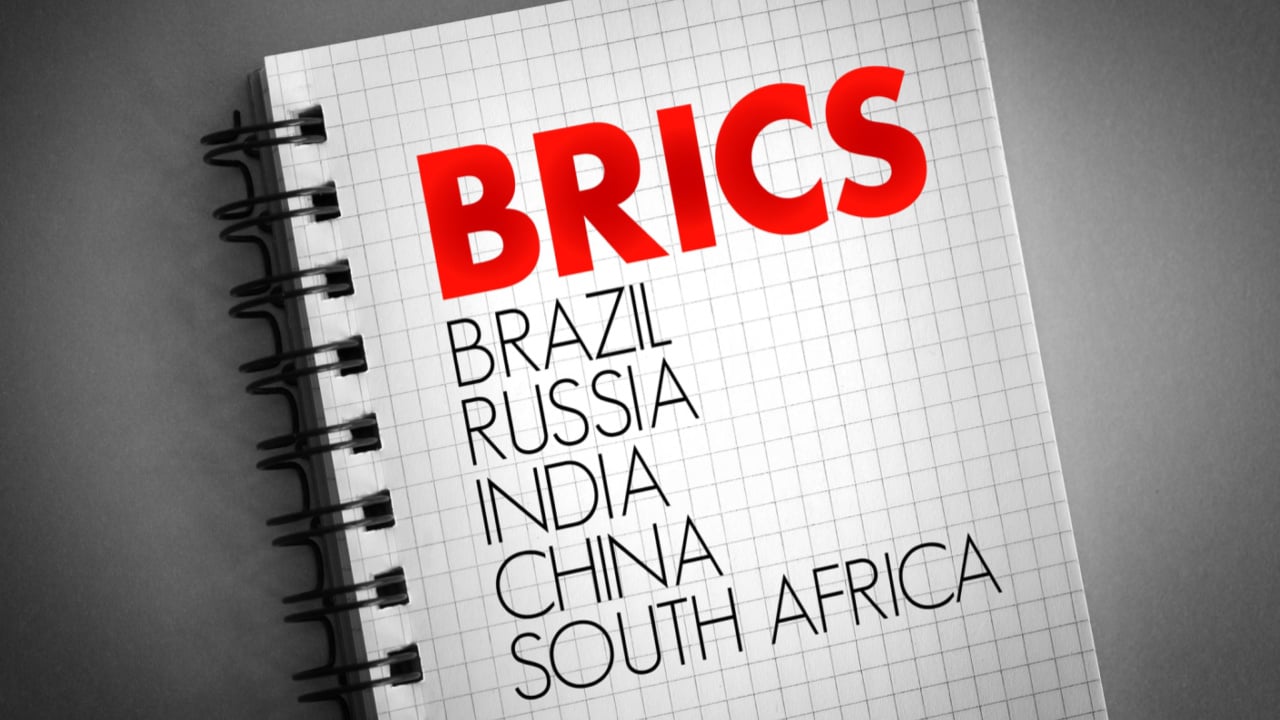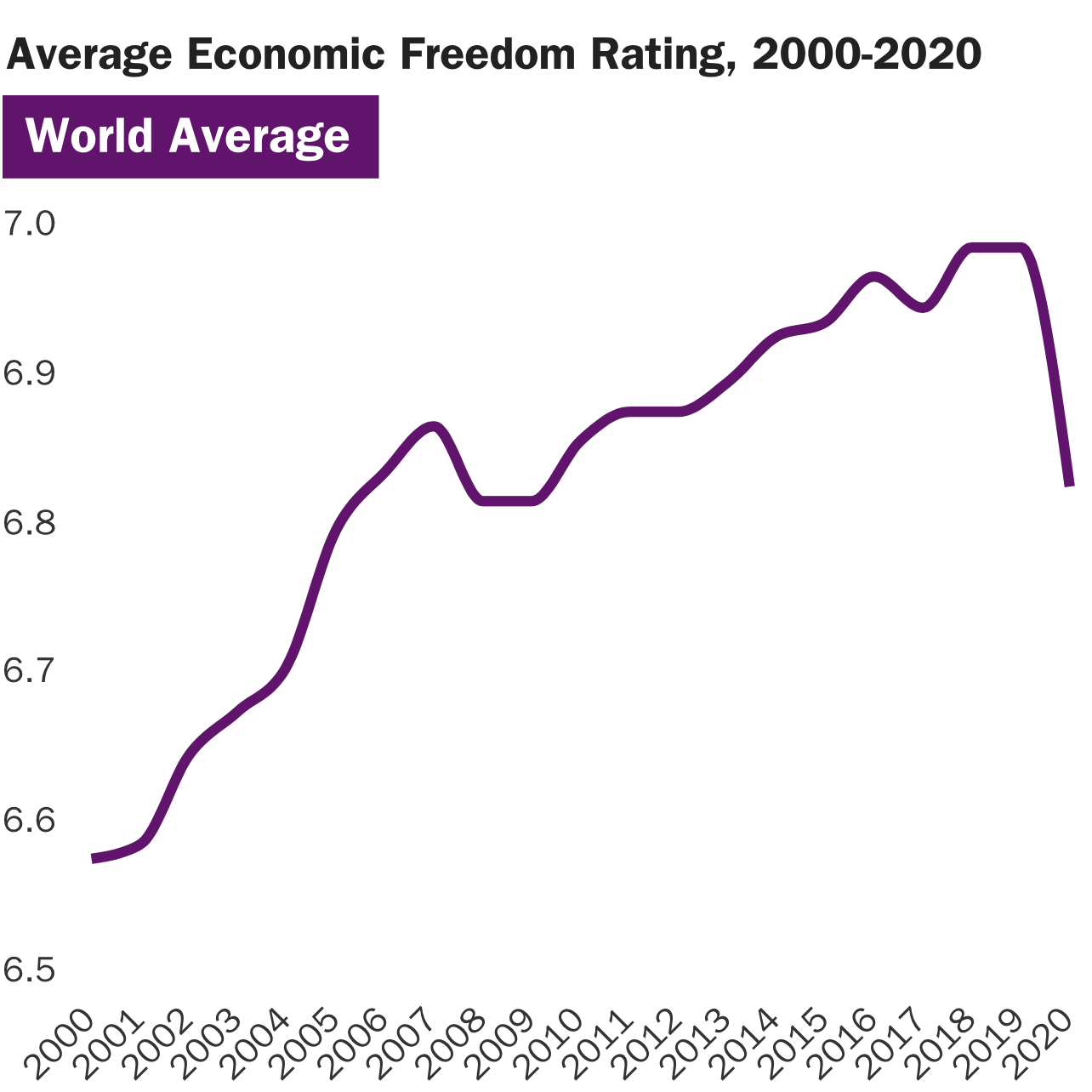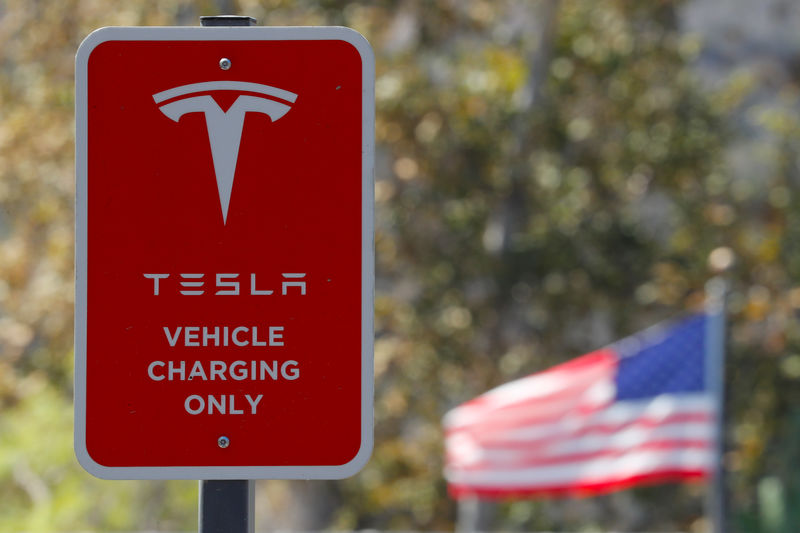It probably didn’t attract as much attention as it should have because of everything else that was going on . But last week saw what is supposed to be the end of one of the most remarkable careers in recent political history.
After she had handed over her office and her responsibilities to Mallikarjun Kharge who is now the full-fledged Congress president, Sonia Gandhi said she was relieved. She meant, I imagine, that she was relieved that the election process had thrown up a new Congress president who was not a member of her family .
But she may also have been relieved to have given up the job of leading the Congress. It is a job she never wanted and when she handed it over to Rahul in 2016, she seemed happy to be rid of the responsibility and the tension. Little did she know then that Rahul would resign and that she would be dropped back into the fray as an interim president.
The most astonishing thing about Sonia’s term as Congress president is that it happened at all. When she left her home in Italy to go and study in England, it had never even occurred to her that she would end up moving to India. She made the shift for love and though she got on extremely well with her mother-in-law Indira Gandhi, she stayed far away from politics.
When Rajiv was dragged into politics by his mother, Sonia objected but was assured that all he would do was help Mrs Gandhi who, after all, was not going anywhere. During that period Sonia gained a reputation for being aloof and distant, mainly because she would not let any political people get close to Rajiv and her on a personal level.
Only few years after Rajiv had joined politics, Indira Gandhi was assassinated, and it suddenly became clear that he would not just ‘help mummy’ but accept the all-consuming job of prime minister (PM). PC Alexander, Indira Gandhi’s principal secretary has written about seeing Sonia and Rajiv arguing at All India Institute of Medical Sciences, after Mrs. Gandhi had been declared dead. She didn’t want him to become PM. He said it was his duty to take the job.
Also Read | The Taste With Vir: The Kohinoor and its controversies
Sonia has since offered more details of that conversation. Apparently, her primary concern was that he would be killed if he became PM. He responded, she later recalled: “They will kill me anyway”.
Six year later they had — every one of Sonia’s worst fears had come true.
Sonia’s life in the years that immediately followed has been little documented. But we do know from eyewitness accounts, that she refused to take Rajiv’s place as Congress president (and, therefore, PM) once the election results were declared. We know also that she backed Narasimha Rao for the job, gave up on what little interest she had in politics, and focussed on two Rajiv-related activities. She launched the Rajiv Gandhi Foundation and obsessed about his assassination: Could he have been saved if he had SPG security? And who was behind the plot to kill him?
We know also that she felt betrayed by Narasimha Rao who refused to keep her in the loop about the investigation into the assassination. Why Rao did this has always been a mystery to me. But as disappointed as Sonia was, she still did not heed the entreaties from various Congress leaders asking her to join politics. Even when Rao presided over the demolition of the Babri Masjid which, from all accounts, disturbed Sonia greatly because she felt (correctly) that it was the beginning of the end of Indian secularism, she did not speak out.
Long after Rao was defeated, shunned by the party and enmeshed in various legal cases she stayed out of politics till it looked as though the Congress was falling apart. Then she finally agreed to campaign for the Congress and was sucked into politics, bit by bit, ending up as president of a party on the verge of collapse.
Even then, the consensus was that she was clueless and could not possibly save the Congress. At first, a series of missteps suggested that the consensus was accurate. But then in 2004, she pulled off a coup ousting the Bharatiya Janata Party (BJP) from government and putting together a coalition of ‘secular parties.’
Nearly everyone expected her to become PM, but she refused to take the job and installed Manmohan Singh. There is much speculation about why she refused yet again to lead the country . One nasty theory is that she just wanted power without responsibility. Another more sympathetic version is that her children would not let her take the job.
I am inclined to believe her own explanations: She had seen power at such close quarters that it posed no great attraction to her, that she did not want the foreign origin issue to haunt in government and that she recognised her own limitations — she had never been in government, so wasn’t it better to let someone like Manmohan Singh who understood the job become PM?
Historians will regard United Progressive Alliance (UPA) as one of the finest phases in the history of the post-Independence Congress. It could have gone very wrong. There was a fundamental difference in approach between her and the PM. Sonia believed that liberalisation had not helped the poor while Manmohan Singh was the proud father of liberalisation. But it worked because they came to an accommodation. The formal economy would be liberalised but there would be more welfare schemes and direct transfers to help the poor.
The welfare projects were bitterly opposed by the Opposition (including the BJP) at the time and sneered at by the press. Even Manmohan Singh fought her on the issue of loan write-offs.
But not only did she prevail, she launched a new economic orthodoxy in which the government would move away from the traditional economists’ prescription that “a booming economy helps everyone” and target the poor with specific welfare programmes and direct transfers. Ironically, it is Narendra Modi who has taken this forward, and it forms the basis of his economic policy. It’s a new economic consensus for which Sonia never gets the credit.
As a consequence of how smoothly the balance between Manmohan Singh and Sonia had worked, the UPA returned to power in 2009 with more seats than it had won in 2004.
It was during UPA II that things began to go wrong. There were external factors: The crisis in the global economy, the poor choice of a CAG who had his eye on the headlines not on the facts. And there was a serious misjudgement by Sonia. She believed that if she immediately sacked anyone who was accused of any impropriety (let alone corruption), the government would seem clean. In fact, this only led to more charges being made, more sackings and the perception that the government was riddled with scams. (Contrast this with Narendra Modi who ignores media allegations and negative oral comments by judges in open court— both of which had the UPA on the run.)
But the basic problem was that the balance between Sonia Gandhi and Manmohan Singh broke down. For one thing, Sonia fell ill and was away for large parts of the time. Manmohan could not cope with the party on his own, he had the worst PMO in living memory packed with duffers and timeservers and when the controversies began to rage, shut himself up in his office and refused to face his people. Modi stepped into the leadership vacuum created by Manmohan Singh’s abdication of his role as PM.
By the time the BJP won a landslide victory at the election Sonia had made up her mind to step away and to let Rahul run the party.
I can’t help thinking that at some level she regrets that despite the triumph of UPA I, her health let her down badly in UPA II and one mishap followed another while the mistakes mounted.
She has been around long enough to not care about the image of her that is conveyed by the Sanghi social media where she is portrayed as the head of a corrupt family (like the Marcoses, perhaps) that robbed India.
What she must value, however, is the respect with which she is regarded across the political spectrum. She had relationships of mutual respect with AB Vajpayee and all the other political leaders who were around during the UPA from Nitish Kumar to Laloo Prasad Yadav to Mamta Bannerjee to M Karunanidhi. All of them had the highest regard for her political skills and the way in which she conducted herself.
So, it is with the Congress party. It is no secret that not everyone in the party is fond of Rahul Gandhi. But if there is one thing that unites the G-23 and its opponents in the Congress, it is respect for Sonia Gandhi and her essential decency.
She was always a reluctant politician but when she decided to do the job, she gave it her all, pulling the Congress out of a seemingly irreversible decline and giving it ten years of power. And through it all, she remained the same old Sonia Gandhi from before she joined politics: Well-mannered, never arrogant, and compassionate. And perhaps a little weary of the tricks that life plays on those who enter politics, either by choice or by compulsion.
She married for love but as time went on, it is a sense of duty that has guided her life.
And though she says she has retired, I hope she will be there for the Congress. It needs her.















